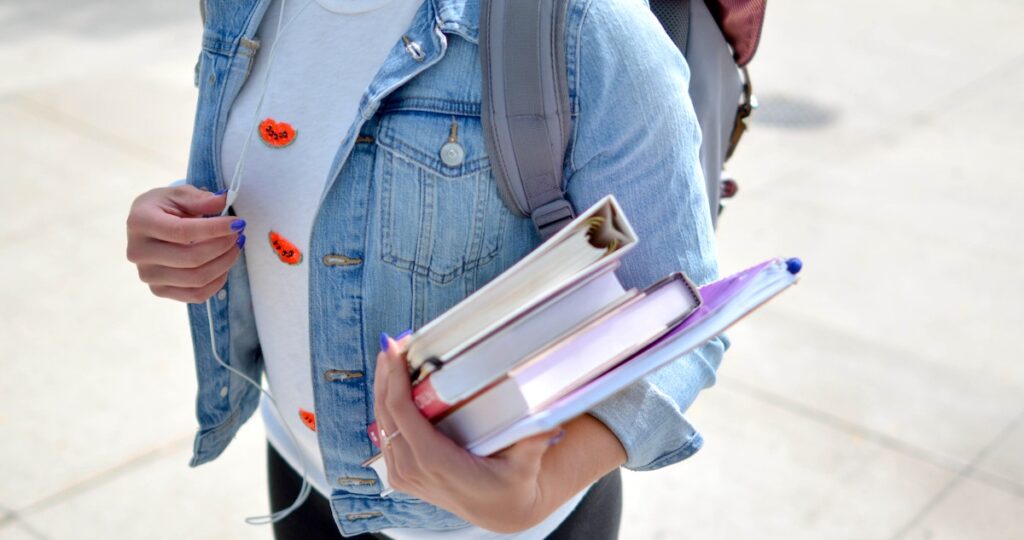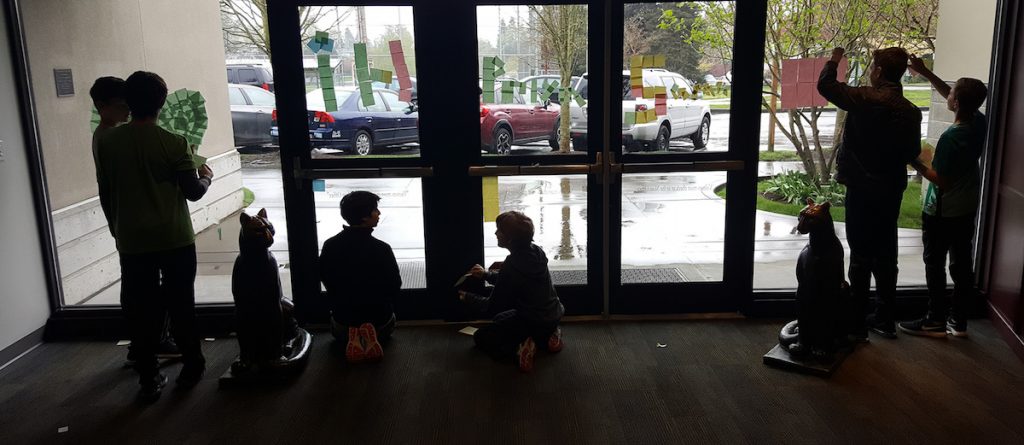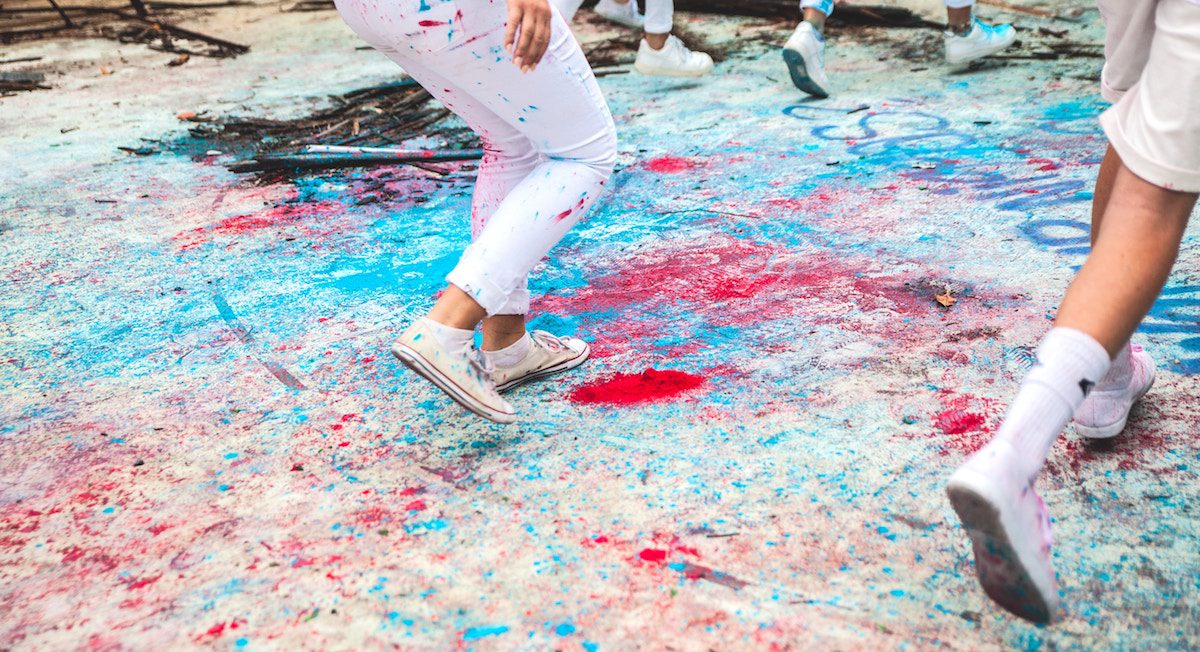Teens.
The word strikes fear in the hearts of many adults. To the typical non-educator, teenagers seem to be a mysterious, confusing, and alien species who make questionable decisions and rebel against most adult directives. But what’s really happening under that veneer of “cool”? How can teachers communicate with teens and maybe even sneak in some learning while they’re at it? Successful high school teachers each have unique ways of communicating with teenagers that work for them; there is no single answer.

I started my career working with teens many years ago in museum settings. I picked up approaches and ways to connect with them there, as well as my subsequent careers in schools, workshops, and more.
Here are 5 tips to approach and connect with teens in the art classroom and beyond.
1. Don’t try to be cool!
Teens sniff out insincere attempts at coolness quickly. When they sense a lack of authenticity, it is unlikely they will connect with you. Their trust in you is one of the most important things you can ask for and receive. Bring your authentic self to every interaction. It’s ok to be in charge; it’s a lack of respect and when teachers treat them as subordinates that usually causes tension. Teens are not looking for you to be their best friend, so don’t pretend to be. They respond to real people and connections. If you approach these relationships with transparency and vulnerability, they will respond in kind. However, it is important to project confidence in the interactions. Teenagers can sense hesitation and will often interpret it as insincerity.
If you’re looking for even more ways to work with pre-teens and teens in the art room, don’t miss the Strategies for Managing Middle Schoolers Learning Pack. You’ll learn how to better connect with your students, set clear expectations, and maintain a classroom that is fair and consistent!
2. Connect with their interests.
As an art teacher, you have a unique opportunity to connect with teens through the things they love and care about. Projects can be set up with open-ended subjects/topics that provide the students with choice. As you learn about their choices, think about how can you develop a common language and connect via their interests. I’m a comic book and movie fan, and I’ll often chat with students about the genre. I learn enough about media they’re interested in to be able to have an entry point. Then, I encourage students to teach me about their interests. (Check out CommonSense Media for a great guide on the interests of teens across media.) Flipping the roles shows trust in their knowledge and ability to communicate and builds the relationship.

3. Create space and time to learn about them outside the classroom.
Once projects are rolling along, my classes have self-directed work time. Teens are looking for a bit more freedom, and art classes are an ideal space to provide them with this independence. I emphasize that their job is to get the project done in the allotted time; how they get to that finish line is really up to them. Giving them this agency and responsibility pushes them to learn better time management skills, and also shows a level of trust in them as young adults. (I do structure my time with Middle Schoolers a bit more, as they’re not necessarily ready for this level of freedom during work time.) This is also a great time to have one-on-one conversations with students about more than just their project or work. I use it as a chance to check in and find out more about their other interests, how they’re doing in their classes, and what’s happening outside of school.

4. Present work that speaks to them.
Including artists to whom students can connect is important for all ages, but especially so with teenagers. As they begin exploring and understanding their identities, introducing individuals from their racial, ethnic, gender backgrounds, etc. who have found a voice to express their ideas can be powerful! Consider the makeup of your class as you think about artists to highlight in your projects. Is there an artist of color who connects to your students of color? Are there local artists from the community who work in the same media or have had exhibitions the students might have seen at the local museum?
5. Differentiate your teaching.
At the high school level, students have a wide range of technical and aesthetic skills and understanding. In one class, I may have students who have never had an art class as well as those who have had arts experiences every year of their academic life. You can’t move too quickly because you’ll lose the novices; but if the class drags, the more experienced students get bored. How do you hit that sweet spot?
I create extensions for each project to get students to push and explore on a deeper level. The baseline on the rubric is always something achievable by a student who hasn’t had any experience with the medium. But there are also additional layers for the project. For example, in a recent project, students worked on creating stencils. The baseline was to develop a two-color stencil that formed a single image. As an extension, students were encouraged to add complexity to the image through additional colors and stencil layers.
These tips are just a few of the approaches that have worked for me in my time with teens. Every teenager is different though, and what works for some, won’t for others. It’s important to maintain flexibility in the relationships you build and find a path that best supports their learning and your sanity.
What other tips do you have for working with teens in the classroom?
Which types of projects have you found the most success with when working with teens?
Magazine articles and podcasts are opinions of professional education contributors and do not necessarily represent the position of the Art of Education University (AOEU) or its academic offerings. Contributors use terms in the way they are most often talked about in the scope of their educational experiences.





